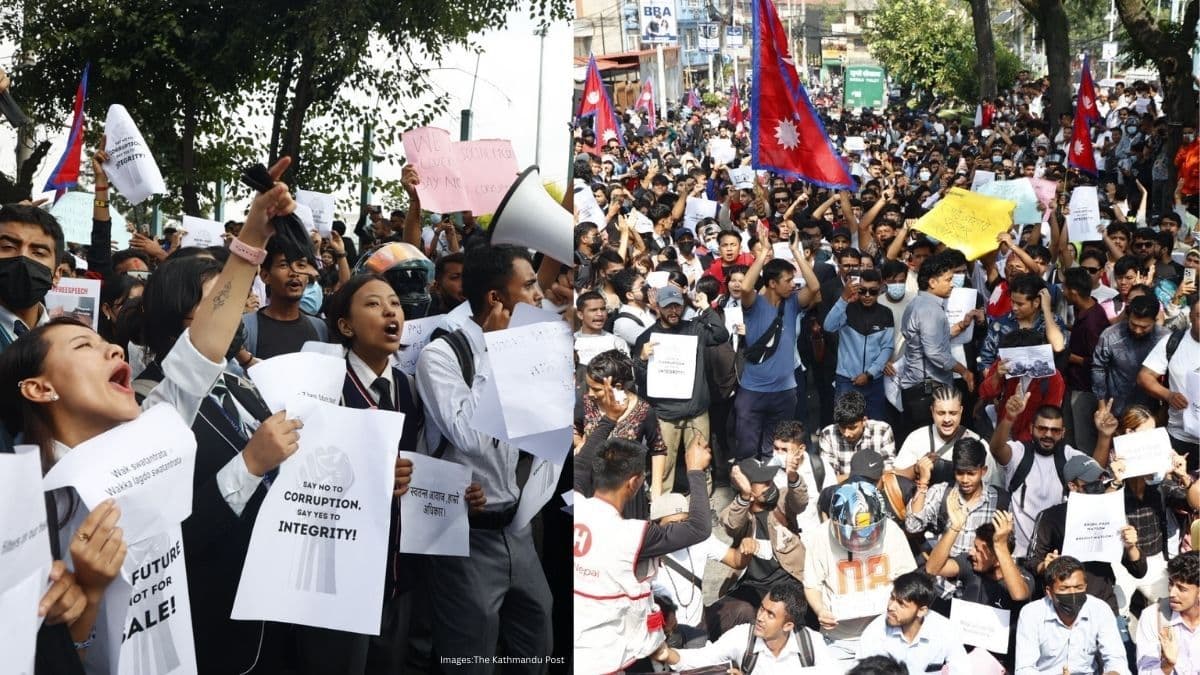Nepal lifts social media ban after Gen Z protests leave 19 dead
Nineteen people were killed in Nepal’s deadliest unrest in decades as young demonstrators clashed with police over a social media ban and corruption. The government has now lifted the ban after mounting casualties and political fallout.

- At least 19 people were killed and over 100 injured as police clashed with youth-led protests against Nepal’s social media ban.
- The ban, imposed on 26 unregistered platforms, fuelled frustration over corruption and governance.
- The government lifted the ban after violence, resignations and mounting political pressure.
On 8 September 2025, tens of thousands of young Nepalis took to the streets of Kathmandu and other cities to protest a government shutdown of major social media platforms. Many demonstrators wore school and college uniforms and carried placards reading, “Unban social media” and “Youths against corruption.”
In the capital, protesters stormed barricades near Parliament, setting fire to an ambulance and hurling stones at police. Security forces responded with tear gas, water cannon, batons and eventually rubber bullets and live rounds. Witnesses described police firing “indiscriminately,” with several protesters struck in the head and chest.
At least 19 people were killed and more than 100 others injured, including 28 police personnel who were receiving medical treatment, police officer Shekhar Khanal told Reuters. Protesters were transporting the injured to hospitals on motorcycles. Two people were killed when protests in the eastern city of Itahari turned violent, police said.
The violence prompted Home Minister Ramesh Lekhak to resign, taking what he described as “moral responsibility.” He submitted his resignation to Prime Minister KP Sharma Oli during a cabinet meeting. Prime Minister K.P. Sharma Oli convened an emergency cabinet meeting as the crisis escalated.
Background to the unrest
The protests were triggered by a sweeping government order blocking 26 social media platforms, including Facebook, YouTube and X. Officials argued the platforms had failed to register under Nepali law, which requires foreign companies to establish local representation and compliance officers.
Authorities said the measure was intended to curb the misuse of fake accounts for spreading hate speech, misinformation and cybercrime. Only a handful of services, such as TikTok and Viber, had complied.
A Reuters report says the government claims users with fake IDs are spreading hatred and rumors, committing cybercrime, and disturbing social harmony on some platforms in a nation where 90% of the 30 million people use the internet. The ban provoked strong reactions among young users who saw it as an attack on free expression and digital rights.
What critics say
Rights groups and international observers condemned both the ban and the violent state response. Human Rights Watch urged Nepal’s leaders not to view the demonstrations solely through a law enforcement lens, stating the protests reflected “deep frustrations throughout Nepal with entrenched corruption, nepotism, and poor governance.”
The organisation added that force should only be used when non-violent options had been exhausted. UN Resident Coordinator Hanaa Singer-Hamdy also expressed alarm, describing the situation as “so unlike Nepal” and warning that casualties could rise.
Former finance secretary Rameshwore Khanal said while job creation had disappointed many, public anger appeared to be driven more by perceptions of corruption and political appointments.
Aftermath and reversal of the ban
By 9 September 2025, facing rising casualties and political pressure, the government reversed its decision. Minister of Communication and Information Technology Prithvi Subba Gurung confirmed the withdrawal to Reuters, saying: “We have withdrawn the shutdown of the social media. They are working now.”
Despite the rollback, the protests have underscored wider dissatisfaction with governance in Nepal, which has endured chronic political instability since abolishing its monarchy in 2008. There have been 14 governments since then, none completing a full five-year term.
The government now faces demands from its young population to address corruption, strengthen accountability, and provide meaningful opportunities, in what organisers have dubbed a generational protest movement.
Prime Minister K.P. Sharma Oli announced his resignation on 9 September 2025, just hours after violent protests left 19 people dead and spread across several cities. Oli said he was stepping down with immediate effect in an effort to restore calm, following the earlier resignation of Home Minister Ramesh Lekhak.
View this post on Instagram
